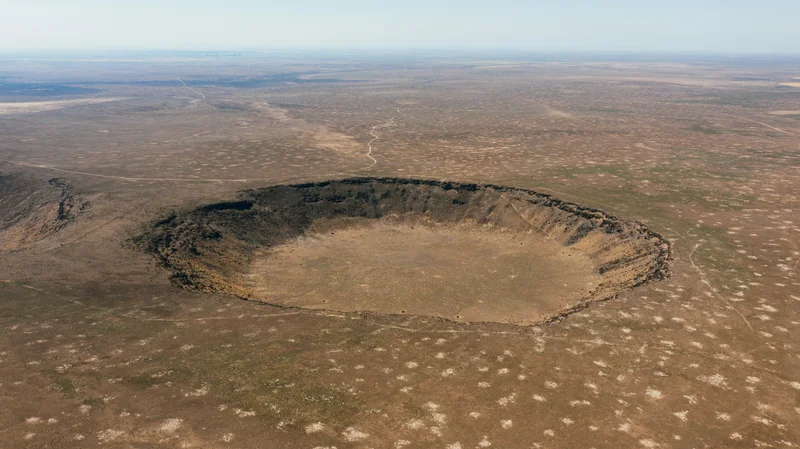Unearthing Secrets: How Tiny Earthquakes Could Unlock Volcanic Mysteries
Okay, everyone, buckle up, because I've just stumbled across something absolutely mind-blowing, and I can't wait to share it with you. We're talking about earthquakes, but not the kind that level cities. We're diving deep into the world of tiny tremors, specifically those rumbling beneath the Campi Flegrei caldera in Italy, and how studying them is giving us unprecedented insight into volcanic activity.
Now, I know what you might be thinking: earthquakes are scary, volcanoes are even scarier. But what if I told you that understanding these seismic whispers could be the key to predicting eruptions and keeping communities safe? That's the game-changing potential I see here.
See, a team of researchers has developed a new method to analyze these small earthquakes (we're talking magnitude 3 to 4.4), focusing on something called "rupture velocity" and "stress drop." What does that mean, exactly? Well, rupture velocity is basically how fast the earthquake's "rip" travels along the fault line, and stress drop is the difference in stress before and after the quake. The traditional methods are used for large earthquakes, but this team has found a way to apply a parametric modeling, time-domain technique named the “LPDT-method” to small earthquakes at Campi Flegrei.
Why does this matter? Because, as it turns out, these factors are intricately linked to what's happening inside the volcano. They can tell us about magmatic activity, the mechanics of hot rocks, and even the circulation of hydrothermal fluids. It's like having a secret decoder ring for the Earth's inner workings! According to a study published in Nature, the interaction between earthquake rupture velocity and stress drop provides valuable insights into the dynamics of the Campi Flegrei volcanic caldera. Earthquake rupture velocity and stress drop interaction in the Campi Flegrei volcanic caldera
Think about it like this: imagine you're trying to understand how a car engine works. You could look at the outside, but you'd only see the surface. To really understand it, you'd need to listen to the engine's sounds, measure its vibrations, and analyze how quickly the different parts are moving. That's essentially what these researchers are doing with Campi Flegrei, but on a much grander and more complex scale.
Campi Flegrei itself is a fascinating and somewhat terrifying place. It's a volcanic caldera right in the heart of a densely populated area near Naples, Italy. It's had two major eruptions in the distant past, and the ground is constantly moving up and down, accompanied by swarms of earthquakes. This unrest has been ongoing for decades, and scientists are working hard to understand what's driving it and whether another eruption is on the horizon.

The really exciting part is how this research could be applied elsewhere. Volcanic unrest is a global problem, threatening communities around the world. If we can refine these techniques and use them to monitor other active volcanoes, we could get a much better handle on eruption forecasting. Imagine the possibilities! We could potentially evacuate people before an eruption, saving lives and minimizing damage. That's the kind of future I want to see.
I was reading through some forums, and I saw someone comment, "So, they're listening to the Earth's heartbeat? That's metal af." And honestly, I couldn't agree more! It's like we're finally developing the tools to truly understand our planet's vital signs.
Of course, with this kind of knowledge comes responsibility. We need to use this information wisely, communicating risks effectively and ensuring that communities are prepared. It's not just about predicting eruptions; it's about building resilience and fostering a culture of preparedness.
The Dawn of Geo-Acoustics
This research isn't just about volcanoes; it's about a whole new way of understanding our planet. It's about listening to the Earth, deciphering its secrets, and using that knowledge to build a safer and more sustainable future for all of us. It reminds me of when we first started using stethoscopes, we were limited to hearing only the loudest sounds within the body. Now, with advanced medical imaging, we can see the most minute details. This is the same, but for our planet!
And when I read about how they are monitoring these events, I honestly just sat back in my chair, speechless.
The Future is Being Written in Seismic Code
This isn't just science; it's hope. It's a testament to human ingenuity and our unwavering quest to understand the world around us. So, let's embrace this new era of geo-acoustics and work together to unlock the secrets of our planet, one tiny earthquake at a time.
